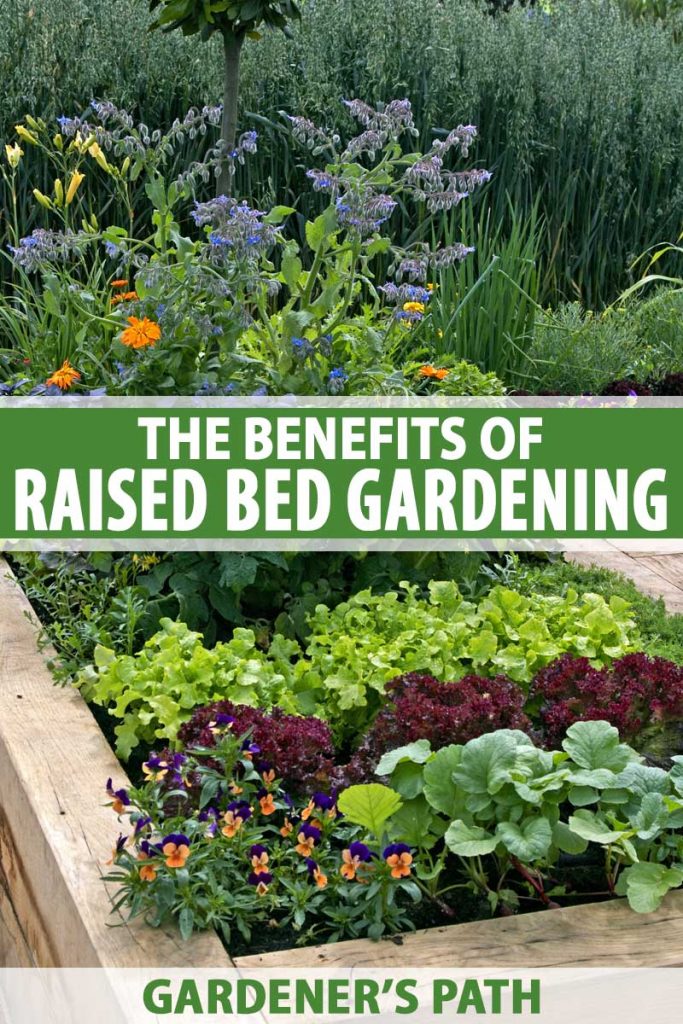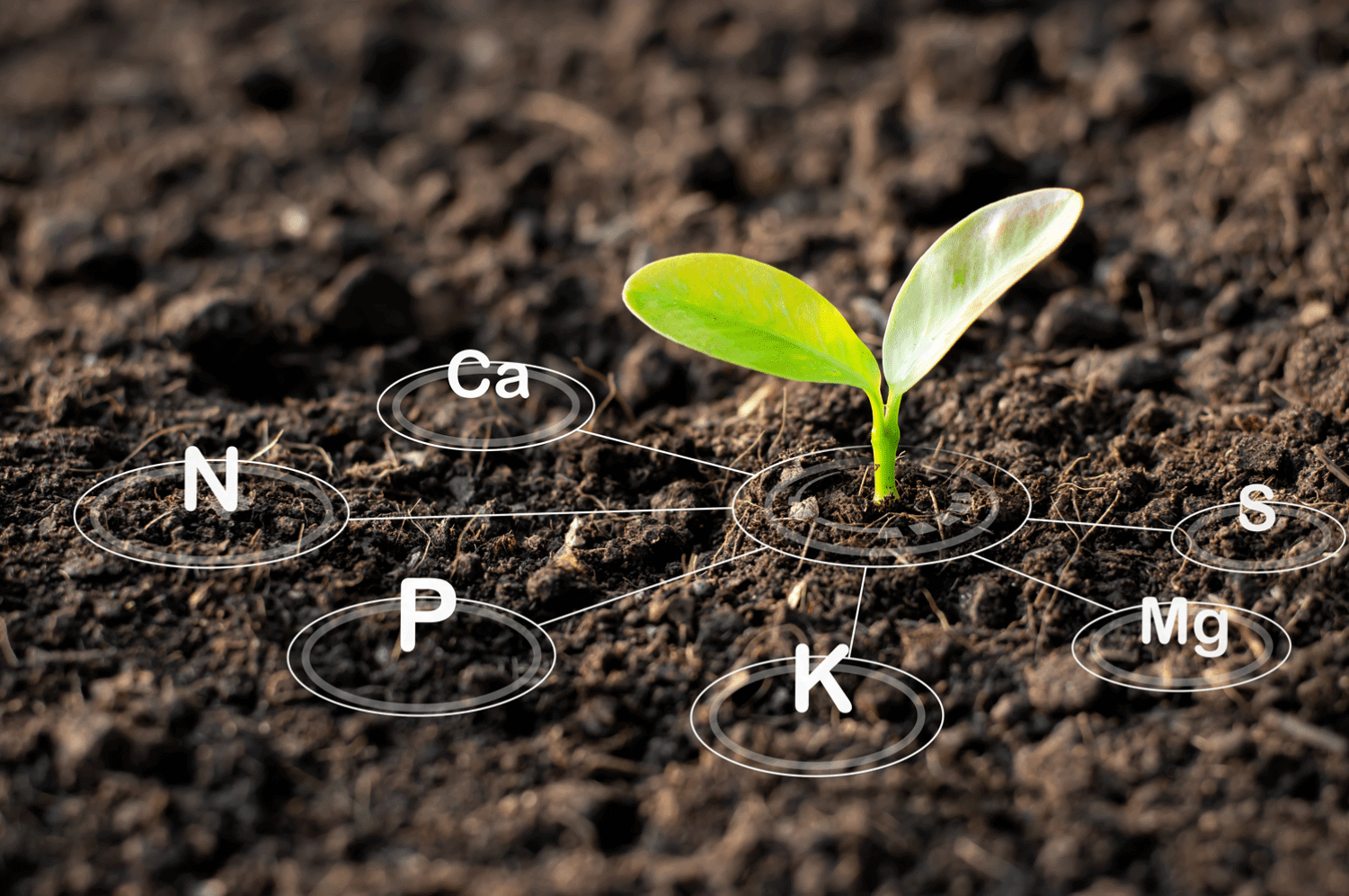How to Master Raised Bed Gardening

Introduction
Imagine transforming your backyard into a lush oasis filled with vibrant vegetables and blooming flowers. Raised bed gardening is the key to achieving this dream, offering a myriad of benefits from improved soil health to effective weed control. Whether you're a seasoned gardener or a novice looking to start your first vegetable garden, mastering raised bed gardening techniques can revolutionize your gardening experience. Let's dive into the world of raised bed gardening and discover how you can create a thriving, space-saving garden that will be the envy of your neighborhood.
Understanding Raised Bed Gardening
What is Raised Bed Gardening?
Raised bed gardening involves growing plants in elevated beds filled with high-quality soil. These beds are typically constructed from wood, metal, or composite materials and are designed to improve drainage, soil health, and overall plant growth. By raising the soil level, you create an ideal environment for your plants to flourish.
Benefits of Raised Bed Gardening
Raised bed gardening offers numerous advantages that make it a popular choice among gardeners:
- Improved Soil Health: By filling your raised beds with nutrient-rich soil, you ensure that your plants have the best possible growing conditions.
- Better Drainage: Elevated beds allow excess water to drain away from plant roots, preventing waterlogging and root rot.
- Effective Weed Control: Raised beds make it easier to manage weeds, as you can control the soil and prevent weed seeds from germinating.
- Space-Saving: Raised beds allow you to maximize your gardening space, making them ideal for small yards or urban gardens.
- Ease of Access: The elevated height of raised beds makes it easier to tend to your plants without bending over, reducing strain on your back.
Getting Started with Raised Bed Gardening
Choosing the Right Location
The first step in creating a successful raised bed garden is selecting the right location. Look for a spot that receives at least 6-8 hours of sunlight per day, as most vegetables and flowers thrive in sunny conditions. Also, consider the proximity to water sources and ensure the area is level to prevent soil erosion.
Building Your Raised Beds
Constructing your raised beds can be a fun DIY project. Here are some tips to get you started:
- Materials: Choose durable materials like untreated wood, metal, or composite materials. Avoid pressure-treated wood, as it can leach chemicals into the soil.
- Size: Aim for beds that are no wider than 4 feet to ensure you can easily reach the center of the bed from either side. The length can vary depending on your space.
- Depth: The ideal depth for raised beds is 12-18 inches, which provides ample room for root growth and drainage.
Filling Your Raised Beds
The soil you choose for your raised beds is crucial for plant health. Aim for a mix of high-quality topsoil, compost, and organic matter. This combination will provide the necessary nutrients and structure for your plants to thrive.
Maintaining Your Raised Bed Garden
Watering and Drainage
Proper watering is essential for the health of your raised bed garden. Install a drip irrigation system or use soaker hoses to ensure even water distribution. The elevated beds promote excellent drainage, but it's still important to monitor soil moisture to prevent overwatering or underwatering.
Weed Control
One of the significant advantages of raised bed gardening is effective weed control. Cover the soil with a layer of mulch to suppress weed growth and retain moisture. Regularly inspect your beds and remove any weeds that do manage to sprout.
Soil Health and Fertilization
Maintaining soil health is vital for the long-term success of your raised bed garden. Add organic matter like compost or well-rotted manure to your beds annually to replenish nutrients. Regularly test your soil pH and adjust it as needed to ensure optimal growing conditions.
Vegetable Gardening in Raised Beds
Planning Your Vegetable Garden
Before planting, create a plan for your vegetable garden. Consider the space available, the types of vegetables you want to grow, and their specific needs. Rotate crops annually to prevent soil depletion and reduce the risk of pests and diseases.
Planting and Spacing
Plant your vegetables according to their specific spacing requirements. Proper spacing ensures that each plant has enough room to grow and reduces competition for nutrients and water. Use square foot gardening techniques to maximize space and yield.
Harvesting and Enjoying Your Produce
The joy of raised bed gardening comes from harvesting fresh, homegrown produce. Regularly check your plants for ripeness and harvest at the optimal time. Enjoy your bounty in delicious meals and share the excess with friends and family.
Conclusion
Mastering raised bed gardening techniques opens up a world of possibilities for creating a beautiful and productive garden. From improved soil health to effective weed control, the benefits are numerous. By following the steps outlined in this article, you can transform your backyard into a thriving oasis filled with vibrant vegetables and blooming flowers. Embrace the journey of raised bed gardening and reap the rewards of your hard work.
FAQs
What is the ideal depth for a raised bed garden? The ideal depth for a raised bed garden is 12-18 inches, providing ample room for root growth and drainage.
How often should I water my raised bed garden? Watering frequency depends on factors like weather, soil type, and plant needs. Aim to keep the soil consistently moist but not waterlogged.
Can I use pressure-treated wood for my raised beds? It's best to avoid pressure-treated wood, as it can leach chemicals into the soil. Opt for untreated wood, metal, or composite materials instead.
How do I control weeds in my raised bed garden? Use a layer of mulch to suppress weed growth and regularly inspect your beds to remove any weeds that sprout.
What is the best soil mix for raised bed gardening? A mix of high-quality topsoil, compost, and organic matter provides the necessary nutrients and structure for your plants to thrive.


0 Response to "How to Master Raised Bed Gardening"
Post a Comment